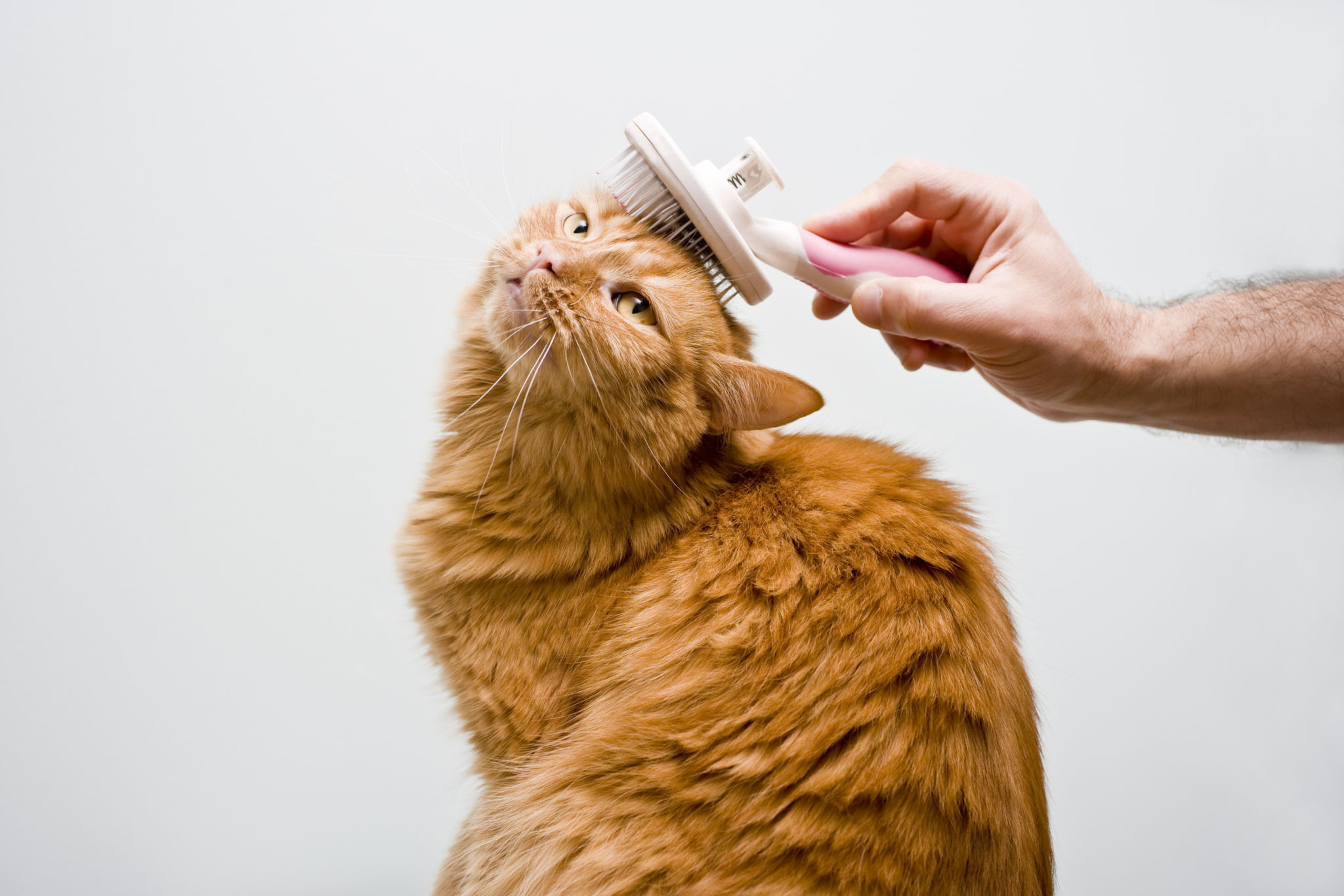Maintaining Your Pet's Coat Between Grooming Sessions: Here's How
JR
Understanding Your Pet's Coat Type
Keeping your pet's coat healthy between grooming sessions starts with understanding its unique type. Different breeds have varying coat textures and lengths, which require specific care. For example, a poodle’s curly coat needs regular brushing to prevent matting, while a short-haired cat may require less frequent grooming.

Regular Brushing
One of the simplest ways to maintain your pet’s coat is through regular brushing. This process helps remove loose fur, dirt, and debris while distributing natural oils across the skin, which promotes a healthy shine. Aim to brush your pet at least a few times a week, or daily for long-haired breeds.
Choose the right brush for your pet's coat type. Slicker brushes are great for removing tangles in curly coats, while bristle brushes work well for smooth coats. If you're unsure, let me know at your pets next appointment and I will direct you to the proper brush and comb.
Bathing Essentials
While frequent bathing is not always necessary, it can be beneficial to bathe your pet occasionally to keep their coat clean and fresh. Before you bathe your pet make sure that the coat is free of any mats or tangles. if not, Bathing will only make matters worse. Use a pet-specific shampoo that suits your pet's skin type to avoid irritation. Make sure to rinse thoroughly to remove all soap residues. Please do not use people shampoo for your pet. The PH is different and you could create problems.

After bathing, it's essential to dry your pet properly. Towel drying can be effective for most pets, but a blow dryer on a low setting may be necessary for thicker coats. Be cautious with the heat setting to avoid overheating your pet’s skin.
Nutritional Impact on Coat Health
Your pet's diet plays a significant role in the condition of their coat. Ensure they are consuming a balanced diet rich in essential fatty acids, such as omega-3 and omega-6, which promote healthy skin and coat. Discuss with your veterinarian if dietary supplements might be beneficial for your pet.
Dealing with Shedding
Shedding is a natural process for all pets, though it can become excessive due to health issues or stress. Regular grooming can help manage shedding by removing loose hair before it ends up around your home. Additionally, keeping your pet hydrated can help minimize shedding.

Managing Matting and Tangles
Mats and tangles are common in longer-haired pets and can be uncomfortable or even painful. Address these issues by gently working them out with a brush or comb before they become severe. Common areas for matting or "mat zones" include behind the ears, in the groin or sanitary area and under the front legs ("pits"). I typically take these areas slightly shorter than the rest of the body if they tend to mat between grooms. The "mat zones" accomodate a shorter length quite well while being easily camouflaged.
Monitoring for Skin Issues
While grooming your pet’s coat, take the opportunity to check for any skin issues such as rashes, redness, or parasites like fleas and ticks. Early detection of these problems can prevent more serious health concerns down the line.
If you notice any irregularities in your pet's skin or coat condition, schedule a visit with your veterinarian for a thorough examination.
Professional Grooming Assistance
No matter how diligent you are with at-home care, professional grooming is still essential for all pets. Keeping your pet on a regular grooming schedule can address issues that are hard to manage at home and ensure that your pet's coat remains in top condition.

Maintaining your pet’s coat between grooming sessions requires some commitment but can greatly enhance their overall well-being. By following these tips, you’ll keep your furry friend looking and feeling their best until their next Spaw Day. Woof!
